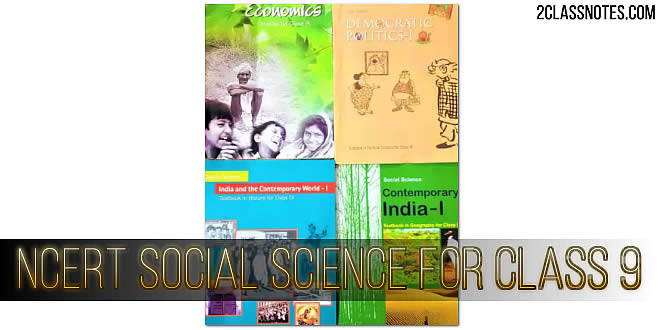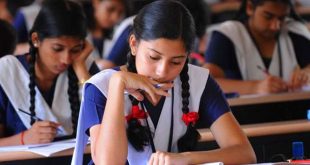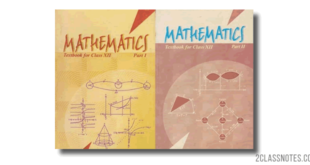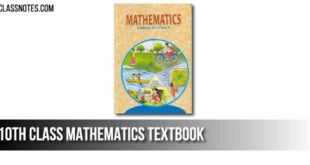CBSE Class 9 Social Science Syllabus 2024: The syllabus consists of four units: (i) India and the Contemporary World (ii) Contemporary India (iii) Democratic Politics (iv) Economics.
Exam Structure: CBSE Class 9 Social Science Syllabus 2024
| S. No. | Units | Marks |
| I | India and the Contemporary World – I | 20 |
| II | Contemporary India – I | 20 |
| III | Democratic Politics – I | 20 |
| IV | Economics | 20 |
| Total | 80 |
Unit 1: India and the Contemporary World – I
Three themes in the first sub-unit and one each from the second sub-unit could be studied.
Section 1: Events and Processes
(All the three themes are compulsory)
I. The French Revolution
- Compare and contrast the conditions that prevailed in France that led to revolution with the conditions that led to the first war of Indian Independence. (1857).
- Critically Examine the situations that made the raise in demand of voting rights by passive citizens as well as women
- Propose solutions to address such imbalances and discriminations that lead to revolutions
- Appraise the impact of the French revolution on the world.
II. Socialism in Europe and the Russian Revolution
- To compare and contrast the situations that led to the rise of Russian& French Revolutions.
- Cite the impact of Collaboration and communication rendered by the philosophers and leaders in creating awareness amongst the common people
- Evaluate the situations that enabled Lenin’s Communism.
- Interpret the different ideas of philosophers and leaders that shaped the revolution.
III. Nazism and the Rise of Hitler
- Cite the events that helped Hitler’s rise to power
- Evaluate various character traits of Hitler
- Compare and contrast the characteristics of Bismarck and Hitler
- Analyse the role of “Treaty of Versailles in the rise of Nazism and Hitler
- Critique the genocidal war waged against Jews by the Nazis.
- Discuss the critical significance of Nazism in shaping the politics of modern world.
Section 2: Livelihoods, Economies and Societies
IV. Forest Society and Colonialism
Interdisciplinary project as part of multiple assessments (Internally assessed for 5 marks)
V. Pastoralists in the Modern World
To be assessed as part of Periodic Assessment only
Unit 2: Contemporary India – I
1. India – Size and Location
- Justify the reasons for the differences in climatic conditions, local and standard time.
- To Infer how the conditions and relationships of the people living in states that are sharing border with the neighbouring countries impact trade and culture.
- Justify the selection of 82.5E* longitude as Time meridian of India. (IST)
- Critically analyse the role of opening of Suez Canal in improvement of foreign trade.
- Propose alternative solution for the problems that arise due to the size & location.
2. Physical Features of India
- Conclude why India is a subcontinent based on study of different physical features.
- Analyse the conditions and relationships of the people living in different physiographic areas.
- Enumerate the different environmental issues in India and propose solutions for these issues.
3. Drainage
- Enlist the different rivers, the areas they serve and their impact on the economy of That area.
- Enumerate the different lakes and describe their contribution to the Indian ecology.
- Present creative solutions to overcome the water pollution also to increase the contribution of water bodies to Indian economy.
- Identify the river systems of the country and explain the role of rivers in human society.
4. Climate
- Infer how the factors determine the climate of India.
- Analyse and infer the effect of monsoon winds on rainfall of the Indian subcontinent.
- Analyse the temperatures between plateau region, Himalayan region, desert region and coastal region.
- Enumerate and summarize the reasons for the wide difference between temperatures at different geographical locations of India.
- Propose protocols as preventive action for various disasters.
5. Natural Vegetation and Wildlife
Only map pointing to be evaluated in the annual examination.
Interdisciplinary project as part of multiple assessments (Internally assessed for 5 marks)
6. Population:
- Analyse and infer the reasons behind the uneven distribution of population in India with specification to UP & Rajasthan and Mizoram and Karnataka.
- Enlist the factors that affect the population density.
Unit 3: Democratic Politics – I
1. What is Democracy? Why Democracy?
- Compare and Contrast working of democracies of India and North Korea and infer on their differences and significance in each country.
- Define Democracy and enumerate its features.
- Evaluate the authenticity of the voting rights of the Indian population versus the population of Iran.
- Interpret the statement “Democracy provides a method to deal with differences and conflicts” with reference to India.
- Summarize the features and benefits of democracy.
2. Constitutional Design
- Analyse the difference between written or unwritten constitutions with reference to India and USA.
- Describe the situation that led to creation of Indian Constitution.
- Compare and contrast between Preamble of South African constitution with the preamble of Indian constitution.
- Enumerate the roles and responsibilities as citizens of India.
3. Electoral Politics
- Evaluate the role of political parties to adhere to electoral promises.
- Create a solution for eradication of malpractices in elections
- Differentiate between representative democracy and competitive party politics.
- Summarize the essential features of the Indian Electoral system.
- Examine the rationale for adopting the present Indian Electoral System.
4. Working of Institutions
- Analyse and infer how the three organs are interdependent and independent to execute their roles.
- Summarize and evaluate the rule of law in India.
- Represent the role of Parliament and its procedures.
- Distinguish between political and permanent executive authorities and functions.
- Understand the parliamentary system of executive’s accountability to the legislature.
- Understand the working of Indian Judiciary.
5. Democratic Rights
- Analyse the need of having rights and categorize the rights.
- Evaluate the statement “Democracy is meaningless without rights”
- Analyse their role as responsible citizens.
- Summarize the flipped coexistence of rights versus duties.
- Apply the process available to citizens for safeguarding rights.
Unit 4: Economics – CBSE Class 9 Social Science Syllabus 2024
1. The Story of Village Palampur
To be assessed as part of Periodic Assessment only
- Analyse and infer how the prevailing farming conditions impact economic development of different states.
- Enlist the requirements of production and summarize the interdependence of these requirements.
- Enlist non-farm activities and depict the link with economic growth.
2. People as Resource
- Analyse and infer the reasons that contribute to the quality of population.
- Enumerate the different schemes of Government in some states and infer on the quality of people there by.
- Propose solutions to resolve unemployment problem.
3. Poverty as a Challenge
- Analyse and infer the reasons of poverty in the rural and urban areas.
- Evaluate the efficacy of government to eradicate poverty.
- Compare how poverty estimates have transformed from 1993-94 to 2011-12.
- Examine the link between education and poverty.
4. Food Security in India
- Enumerate various aspects of food security that will ensure continuity of supply to the masses.
- Examine, analyse and infer various sources of data that point to the rationale of FSI.
- Enumerate different features of PDS that directly address FSI.
- Analyse and infer the impact of Green revolution in strengthening the PDS.
 Class Notes NCERT Solutions for CBSE Students
Class Notes NCERT Solutions for CBSE Students




